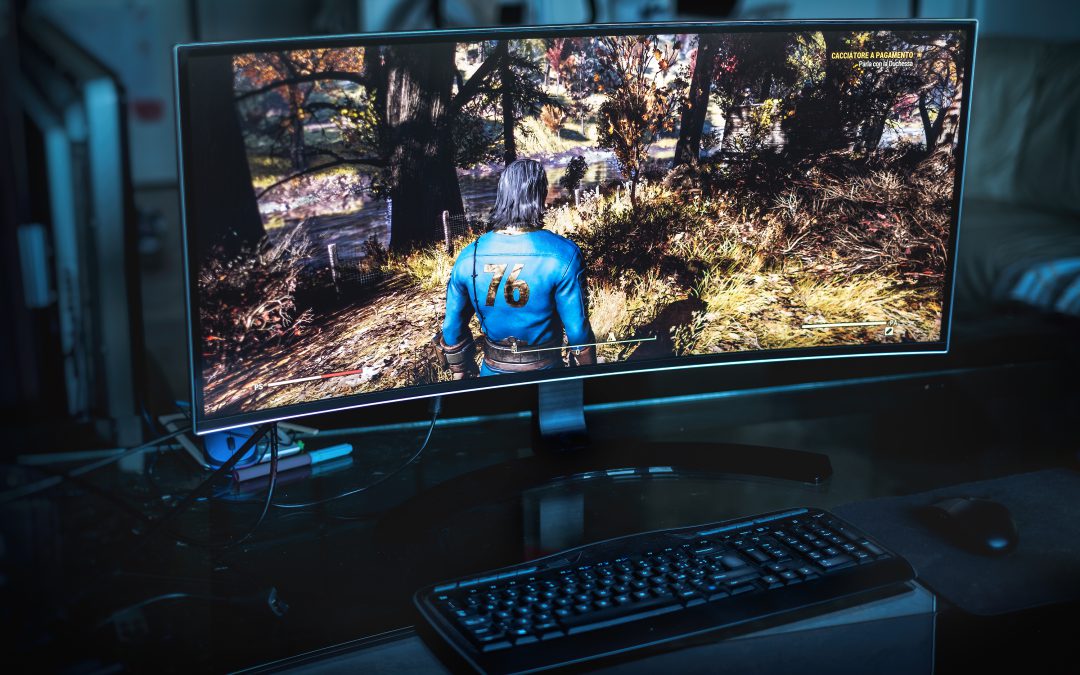By Ranjoy Ghosh Instructor-VFX & Jigar Mehta-Instructor-VFX
Pearl Academy
We are surely enjoying the golden era of gaming as it has become the mass medium today attracting massive audiences. The entire gaming ecosystem has also evolved greatly, the evolution of the industry getting immersed in better and richer graphics along with better and more beautiful storytelling – thus making games more intriguing with immersive plots, rich graphics, subplots, and twists.
Here are some of the transformational effects of engines in the game industry:
Immersive Storytelling
AR and VR have enabled users to engage with immersive settings and have changed the way we consume media. More studios and artists are adopting VR and AR to develop new types of experiences for consumers. Also, VFX has revolutionised filmmaking, enabling filmmakers to create immersive worlds and bring fantastical stories to life, expanding the possibilities of storytelling.
Realism and Fantasy
From realistic creature animations to jaw-dropping explosions, VFX is viewed as an indispensable tool for storytellers. It beautifully blurs the line between reality and fantasy, allowing filmmakers to achieve levels of realism and visual spectacle that were once unimaginable.
Evolving Compositing Techniques
Compositing, a crucial part of VFX, continues to evolve with the introduction of new software and techniques, making it easier to integrate computer-generated elements seamlessly into live-action footage.
The rise of high-definition gaming and the introduction of advanced graphical techniques, such as ray tracing and global illumination, have further advanced the capabilities of VFX in video games. These technologies brought about stunning lighting effects, realistic reflections, and dynamic shadows, elevating the visual quality to new heights.
Challenges in Realism
Despite advancements, achieving complete realism remains a challenge. Uncanny valley effects and realistic physics simulations are areas where VFX artists continue to work toward perfection.
VFX is also helpful in creating memorable and iconic moments in a game’s narrative, which can stick with players long after they have finished playing. These moments are achieved through the use of dynamic camera angles, explosive particle effects, and stunning lighting, all of which can help create a sense of spectacle and grandeur.
AI and Automation
AI is transforming the VFX industry. Machine learning algorithms are being used to accelerate processes like rotoscoping and colour grading, thus helping artists save time and reduce overall expenditure.
Furthermore, with AI getting more sophisticated by the day, creators are now able to tailor game content to individual players, like adjusting difficulty levels, generating personalised storylines, or creating custom in-game characters and items. By learning from a player’s preferences, actions, and style of play, AI-driven games are offering experiences that feel more engaging and relevant, catering to a wide variety of tastes and playstyles.
Data-Driven VFX
AI also plays a role in data-driven VFX, enabling the creation of digital doubles for actors, or generating environments and creatures based on vast datasets. The use of AI-driven tools in VFX production streamlines workflows, reducing manual labour and allowing artists to focus on creative tasks. The point to ponder, however, is that while AI assists in bringing efficiency, it also raises concerns among VFX artists about potential job displacement and the need to adapt to these new technologies.
VFX in Streaming Services
The rise of streaming services has led to a higher demand for VFX in television series, with many shows now having movie-quality visual effects, expanding opportunities for VFX artists.
Unreal Engine and Unity game engines are increasingly being employed in film and television production to generate high-quality VFX and animation. These engines serve as efficient tools that help in producing realistic settings and people, and their popularity is expected to only rise in the coming years.
In the future, expect even more lifelike visual effects, fuelled by AI and machine learning. By embracing generative AI responsibly, the gaming industry can create innovative and engaging experiences that entertain and inspire players for years to come. Virtual production techniques, like those used in “The Mandalorian,” are likely to become more prevalent, changing how films and TV shows are made. With advancements in CGI, simulation, motion capture, virtual production, and AR/VR, the possibilities for creating visually stunning worlds and characters are endless. As technology continues to evolve, we can expect even more captivating visual effects that will readily transport us to new and unimaginable realms, captivating audiences around the globe.












